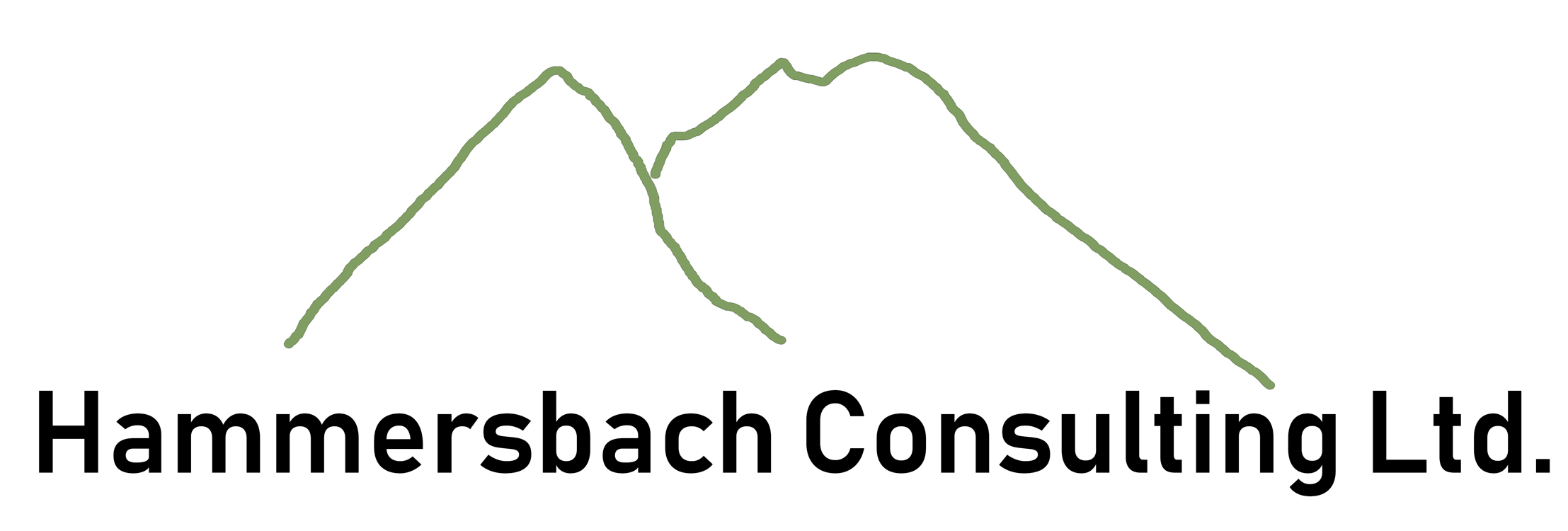How will your insurance policy and the people in your business respond in the event of a large or complex loss?
Regardless of how your insurance is structured, a large or complicated incident can still show weaknesses in your policies and procedures which are difficult to predict before the event and may prevent you from maximising the benefits of your coverage.
Here are 3 tips for preparing for a large or complex loss:
1. Understand.
2. Build.
3. Test.
A test of these scenarios is invaluable in helping you to understand any gaps in your insurance policy wording and preparing you how to deal with an incident that could have a significant impact on your business.
Read on below….
At Hammersbach Consulting Ltd (HCL) we work with our clients to identify specific, relevant scenarios which would have a significant impact on their business. We then use these scenarios to build a tailormade test scenario which facilitates an independent analysis of key aspects of your insurance coverage, limits, wording and claims process whilst also examining the way in which you would deal with the incident internally.
In addition to a wealth of experience in this field, HCL’s independence brings to our clients the opportunity to conduct an objective review. We do not provide advice on coverage but act as a ‘critical friend’ to facilitate open and safe discussions to benefit you, the client. Our role is independent of other stakeholders so there is no potential for a conflict of interest. Support from internal stakeholders and your services providers is critical to the success of the loss scenario test. We believe in creating an environment where we enable those involved to work together to support our clients and deliver a best in class service to them.
Our 3 phase approach ensures that we fully understand your business can deliver a clearly defined and bespoke project which will coordinate all the major stakeholders such as your insurers, brokers and claims service providers, enabling you to identify and address any gaps in current processes and coverage.
The following phases create a structure around which we build your specific scenario as follows:
Phase 1 – Understanding
What is ‘significant’ to you? Every business is different and so is every loss. You know what keeps you awake at night and we will build the scenario around you rather than impose a scenario on you.
What information is available? How do you document processes, what wordings are available?
Who are the stakeholders? Who should be involved internally and externally, what are their roles, motivations and drivers? What do they need to enable them to do their job successfully?
Phase 2 – Building
Situational review – engaging with your brokers, your insurers, your lawyers and internal stakeholders to establish what currently happens.
Independent gap analysis – using our experience to identify possible gaps or areas for improvement and creating methods of testing the responsiveness of the policies and procedures.
Impact analysis – what is the ‘real’ impact of the loss on your business. How does the loss affect cashflow, reputation, your employees and your customers?
Phase 3 – Delivering
We would usually recommend that HCL facilitate an interactive workshop including all the stakeholders to enable a walk through of the chosen scenario and the output. This ‘dress rehearsal’ of the event gives the participants the comfort that they are fully engaged and that the know what to expect should the situation arise for real.
A valuable outcome is the knowledge of, when a loss occurs, who will do what and why the actions or information is required.
The workshop will challenge the participants to question the existing perceptions and look for alternative ways of addressing the situation.
The output of the analysis and the workshop may lead to recommendations and follow up actions which we will document for your records. If required, we can create a formal action plan of remediations of recommendations and project manage this for you.

